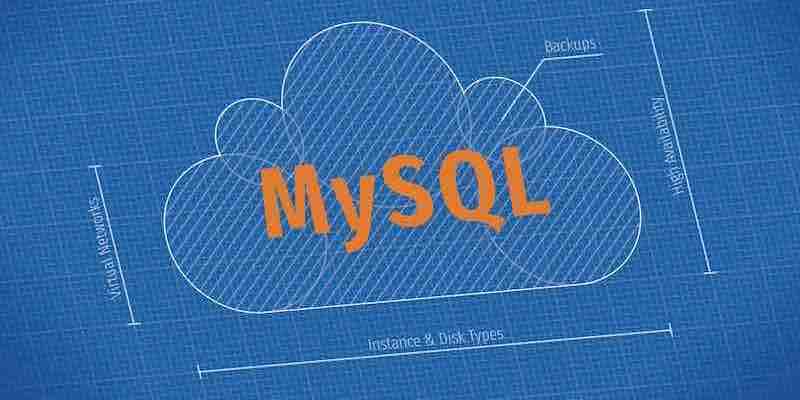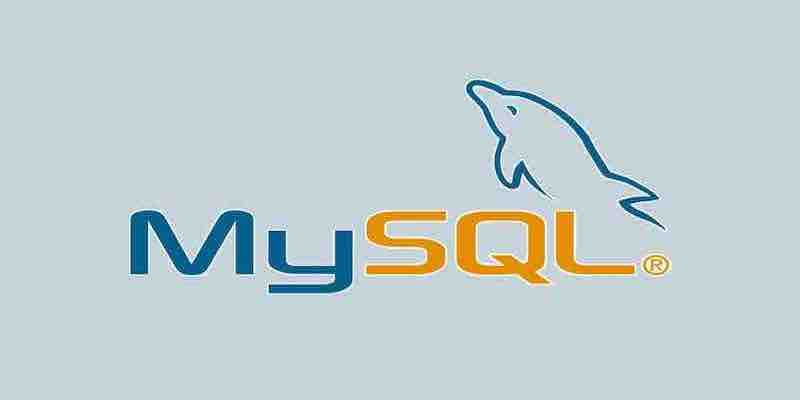Mesajlaşma uygulaması Telegram’ın kurucusu ve üst yöneticisi (CEO) Pavel Durov’un Azerbaycan’dan özel jetle geldiği Fransa’da havalimanında gözaltına alındı. Paris Savcılığı tarafından Pavel Durov’un davasıyla ilgili 26 Ağustos Pazartesi günü basına bir açıklama yapılacağı bildirildi. Fransa’daki Rus Büyükelçiliği yaptığı açıklamada Durov’un haklarını aramak ve konsolosluk erişimini sağlamak niyetinde olduklarını ancak “Fransız […]
Devamını Oku
Author: Philip McMahon In April, the Guardian significantly shifted its content management system (CMS) by migrating from MongoDB to PostgreSQL on Amazon RDS. The Guardian’s CMS tool, Composer, which produces most of its content, was previously backed by a MongoDB database on AWS. This database held about 2.3 million content […]
Devamını Oku
If you want to insert rows from a SELECT query into another table, ensuring that unique rows are inserted (based on the unique constraints of the target table), you can use the INSERT IGNORE statement. The INSERT IGNORE the command will insert rows from the SELECT query into the target […]
Devamını Oku
In MySQL, TINYINT is a data type used to store small integer values. Let’s delve into its specifics and see how it compares to other integer types: TINYINT Comparison with Other Integer Types: Key Differences: When designing a database schema, choosing the appropriate integer type based on the expected range […]
Devamını Oku
In MySQL, there isn’t a native BOOLEAN data type. However, BOOLEAN it is an alias for TINYINT(1). When you define a column of type BOOLEAN, MySQL internally creates it as a TINYINT(1) column. In this context: For example, the following two table definitions are equivalent: When you insert values into […]
Devamını Oku
Stored procedures in MySQL provide a powerful way to encapsulate SQL statements into a routine that can be stored in the database and invoked as required. They offer advantages such as improved performance, reusability, and maintainability. This article delves into the concept of stored procedures in MySQL and their benefits […]
Devamını Oku
The SHOW STATUS command in MySQL provides information about system status variables. These variables present a snapshot of the server’s operations and performance at any moment. Due to the extensive number of status variables, discussing each one would be exhaustive. I’ll provide an overview of some key variables and their […]
Devamını Oku
Each client that communicates with a MySQL server establishes a separate connection. Monitoring and analyzing these connections is crucial for database performance tuning, capacity planning, and ensuring the server isn’t overwhelmed with too many connections. How to Monitor Connection Count in MySQL: Analyzing the Connection Count: This command will show […]
Devamını Oku
Introduction: In today’s fast-paced business landscape, enterprises constantly seek innovative solutions to streamline operations, boost efficiency, and improve customer engagement. With artificial intelligence and cloud technologies, chatbots have become a powerful tool for businesses to interact with customers, automate tasks, and enhance user experiences. One such remarkable solution is the […]
Devamını Oku
To get the MySQL version using an SQL command, you can use the SHOW VARIABLES command with a WHERE clause to filter for the version variable. Here’s the SQL command: When you execute this command, it will return the MySQL version in the result set. The output will have two […]
Devamını Oku









